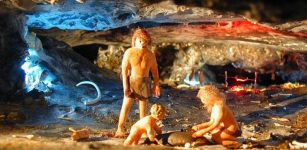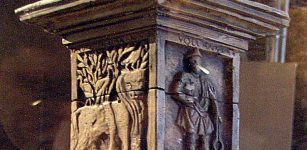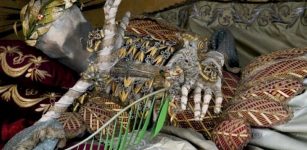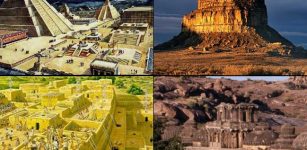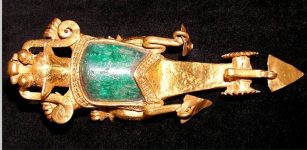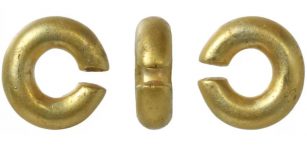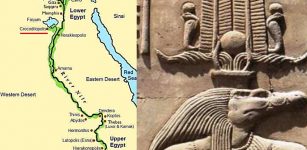Rosetta Stone – Artifact That Solves The Riddle Of Egyptian Hieroglyphics
MessageToEagle.com – A black basalt slab known as the Rosetta Stone was found by a French artillery officer Boussard during Napoleon Bonaparte’s Egyptian campaign in 1799.
The artifact was discovered among the ruins of Fort Saint Julien, near the town of Rosetta, about 35 miles north of Alexandria, Egypt.
Inscribed with ancient writing, this artifact of great importance came into the possession of the British Government at the capitulation of Alexandria and since 1802 – except for a brief period during World War I – is now preserved in the British Museum.
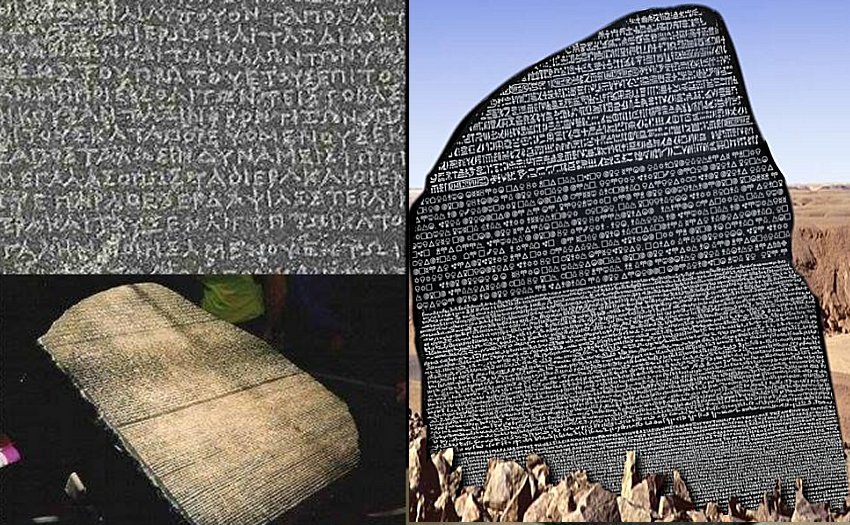
The irregularly shaped stone contained fragments of passages written in three different scripts: Greek, Egyptian hieroglyphics and Egyptian demotic.
The ancient Greek on the Rosetta Stone told archaeologists that it was inscribed by priests honoring the king of Egypt, Ptolemy V, in the second century B.C.
More startlingly, the Greek passage announced that the three scripts were all of identical meaning.
The artifact thus held the key to solving the riddle of hieroglyphics, a written language that had been “dead” for nearly 2,000 years.
Several scholars, including Englishman Thomas Young made progress with the initial hieroglyphics analysis of the Rosetta Stone. French Egyptologist Jean-Francois Champollion (1790-1832), who had taught himself ancient languages, ultimately cracked the code and deciphered the hieroglyphics using his knowledge of Greek as a guide.
Hieroglyphics used pictures to represent objects, sounds and groups of sounds.
Once the Rosetta Stone inscriptions were translated, the language and culture of ancient Egypt was suddenly open to scientists as never before.
The Rosetta Stone is one of history’s most rare finds.
MessageToEagle.com
source: British Museum

